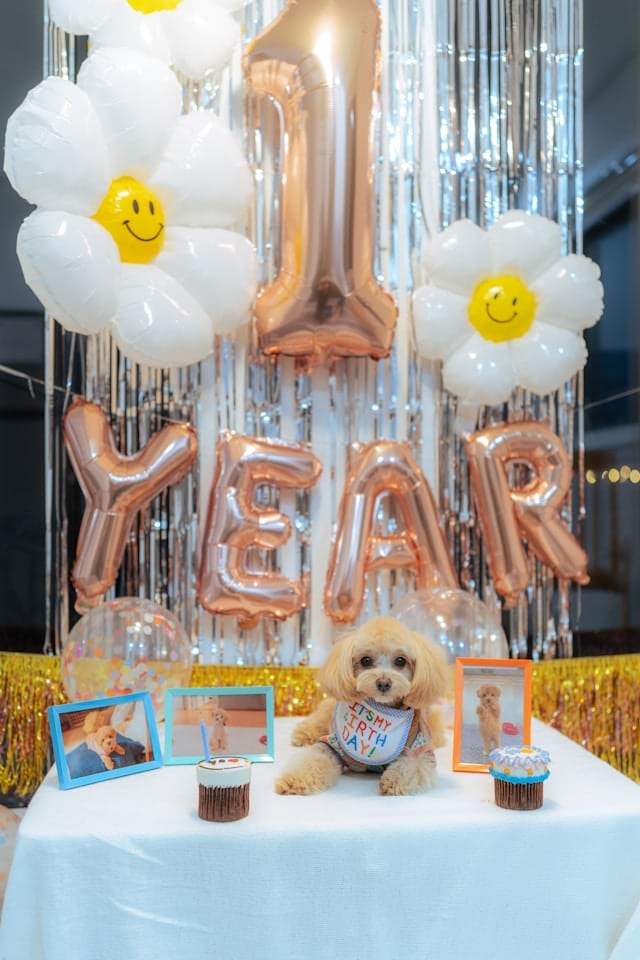What Are the Best Steps to Take When Your Dog Ingests Chocolate?

As dog owners, you all love to share your life with your furry friends. But there are certain things not meant to be shared with them. One prime example is chocolate. It’s a well-known fact that chocolate can be extremely harmful to dogs. But what should you do if your dog happens to get into some? Understanding what to do in this type of emergency situation could potentially save your dog’s life. Let’s walk through the steps you should take if you discover that your dog has ingested chocolate.
Step 1: Try to Determine How Much Chocolate Your Dog Has Ingested
If you come home to find an empty chocolate wrapper on the floor, your first instinct might be to panic. However, it’s crucial to remain as calm as possible and try to determine how much chocolate your dog has consumed.
Sujet a lire : What’s the Best Method to Reduce Excessive Shedding in Huskies?
Different types of chocolate contain different levels of theobromine, the substance that makes chocolate toxic to dogs. For instance, dark chocolate and baking chocolate contain more theobromine than milk chocolate. If you can find the packaging for the chocolate, it might give you a clue as to how much chocolate your dog has eaten.
But, be aware that even small amounts of chocolate can be dangerous to dogs. So, no matter how much chocolate you suspect your dog has ingested, it’s vital to take the situation seriously and act quickly.
Lire également : How to Accustom a Cat to a Newborn Baby in the Home?
Step 2: Look for Symptoms of Chocolate Poisoning
Ingesting chocolate can cause a range of symptoms in dogs. These can include restlessness, increased heart rate, vomiting, diarrhea, panting, shaking, and even seizures in severe cases.
Keep an eye on your dog closely and take note of any symptoms he or she might be showing. This information will be valuable when you consult with a vet.
However, remember that symptoms may not appear immediately. It can take anywhere from 6 to 12 hours for symptoms of chocolate poisoning to manifest. So, even if your dog seems fine, don’t assume that he or she hasn’t been affected.
Step 3: Call Your Vet or a Pet Poison Helpline Immediately
The next thing to do is to get on the phone with a professional who can guide you through the situation. This might be your regular vet, an emergency vet clinic, or a pet poison helpline.
When you call, be ready to provide as much information as possible. This includes the type of chocolate, the approximated amount ingested, the weight of your dog, and any symptoms they may be showing. The vet or poison control expert will be able to give you advice on what to do next.
Step 4: Follow the Vet’s Instructions Carefully
Once you’ve consulted with a vet or poison control expert, they will likely give you some instructions to follow. These instructions might include inducing vomiting, feeding your dog a certain food to help absorb the theobromine, or rushing your dog to the vet clinic for immediate treatment.
Follow these instructions to the letter. Don’t try to treat the situation on your own without professional guidance. Chocolate poisoning in dogs can be serious and potentially life-threatening, so it’s crucial to do everything you can to help your dog as quickly and effectively as possible.
Step 5: Monitor Your Dog Closely and Follow Up With the Vet
After your dog has received treatment, it’s important to continue monitoring him or her closely. Keep an eye out for any changes in their behavior or any new symptoms that might appear.
Follow up with your vet to report any changes and to determine whether any further treatment is needed. Your vet might want to see your dog for a follow-up appointment to ensure that he or she is recovering well.
In conclusion, while it’s undoubtedly stressful to deal with a situation in which your dog has ingested chocolate, staying calm, acting quickly, and following the advice of professionals can make all the difference. Remember, prevention is always the best cure, so keep all chocolate safely stowed away from your canine friends.
Step 6: Training Your Dog to Avoid Chocolate
Training your dog to avoid chocolate might seem like a daunting task, but it is an essential step in preventing chocolate poisoning in the future. By using positive reinforcement techniques, you can teach your dog to steer clear of chocolate and other potentially toxic foods.
Start by establishing a ‘leave it’ command. Hold a piece of chocolate in one hand and when your dog shows interest, firmly say, ‘leave it’. When your dog backs off, reward them with a dog-friendly treat and lots of praise. Repeat this exercise regularly until your dog consistently obeys the command.
You can also make use of dog-proof containers or high shelves to store chocolate. Making sure your dog cannot access chocolate in the first place is the most effective way to prevent ingestion.
Lastly, if you have kids, educate them about the dangers of sharing chocolate with the dog. Children often unknowingly feed dogs harmful foods, so it’s important they understand the consequences.
Remember, consistent training and prevention measures can protect your dog from the perils of chocolate consumption.
Step 7: Educate Yourself and Others
Knowledge is power. The more you understand about the dangers of dogs consuming chocolate, the better prepared you will be to prevent accidental ingestion and to respond effectively if it does occur.
Educate yourself about the symptoms of chocolate poisoning, the types of chocolate that are most harmful, and the appropriate steps to take in an emergency. The internet, your vet, and dog training books are all good resources for this information.
Share this knowledge with your family, friends, and anyone else who comes into contact with your dog. It’s important that everyone who interacts with your dog is aware of the dangers of chocolate.
Being proactive and spreading awareness is a key step in preventing chocolate-related incidents in dogs.
Conclusion: Prevention is the Best Cure
While it’s crucial to know how to respond when your dog ingests chocolate, the best strategy is to prevent it from happening in the first place. Store your chocolate securely, train your dog to avoid it, and educate those around you about the risks.
If your dog does get into some chocolate, remember not to panic. Stay calm, assess the situation, and contact a professional immediately. Follow their advice diligently and monitor your dog closely after the incident.
Ultimately, as dog owners, our key role is to ensure the safety and health of our furry friends. Let’s do our part by keeping our beloved pups away from chocolate and other harmful items. It’s a small price to pay for the joy and companionship they bring into our lives. Stay vigilant and keep your canine pals safe and healthy.
